It looks like you're using an Ad Blocker.
Please white-list or disable AboveTopSecret.com in your ad-blocking tool.
Thank you.
Some features of ATS will be disabled while you continue to use an ad-blocker.
5
share:

Greetings:
Just getting started.
Let's listen and perhaps call in...
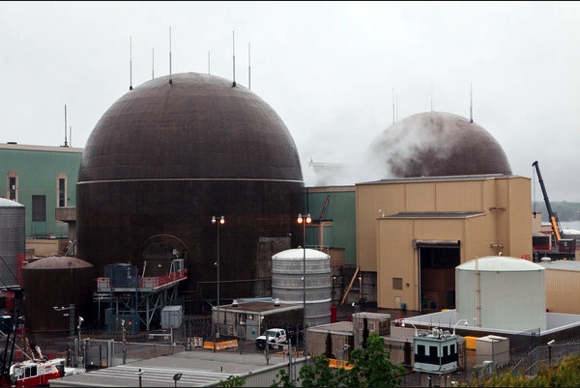
Live NRC Meeting Webcast
View Live Meeting Webcast (be sure to refresh or reload your browser)
The U.S. Nuclear Regulatory Commission (NRC) broadcasts public meetings over the Internet as a means of improving communications with the public. Webcasts will be available for the following meetings:
02/02/12
Forthcoming Meeting with the Petitioners, Beyond Nuclear Et. Al.,
Requesting Action Under 10 CFR 2.206 Regarding Suspension of the
Operating Licenses for North Anna Power Station (NAPS) Due to Concerns
About Damage to the NAPS Reactors from the August 23, 2011, Earthquake
(Public Meeting)
1:00 P.M.
Notes on Accessibility
Section 508 of the Rehabilitation Act requires equal access to the Federal Government's electronic and information technology. In compliance with this Act, the NRC includes text equivalents (captioning) as part of the agency's videos and Webcasts. Although every effort is made to ensure the accuracy and completeness of this text, users should be aware that errors may nonetheless occur. Expressions of opinion in this text do not necessarily reflect final determination or beliefs. No pleadings or other paper may be filed with the Commission in any proceeding as a result of any statement or argument contained in the text-equivalent (captioned) material.
Page Last Reviewed/Updated Thursday, January 26, 2012

Peace Love Light
tfw
[align=center][color=magenta]Liberty & Equality or Revolution[/align]

reply to post by thorfourwinds
WTF?
We had it in the test - now nothing!
Anybody else got it live?
tfw
WTF?
We had it in the test - now nothing!
Anybody else got it live?
tfw
reply to post by thorfourwinds

Greetings:
For consideration:
We were wondering what is going on in our backyards here in the U.S. - what with all the news about Fukushima flooding the airwaves - we might have missed some of these stories.
Perhaps you, dear reader, will have others to share.

U.S. Nuclear Reactors Operating at less than 100 % full power today,
24 November 2011.
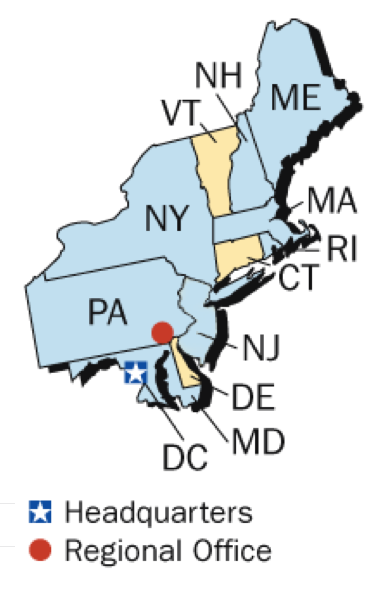
REGION 1
Millstone 3 @ 25%
Pilgrim 1 @ 0%
Salem 1 @ 35%
Susquehanna 1 @ 99%
Three Mile Island 1 @ 0%
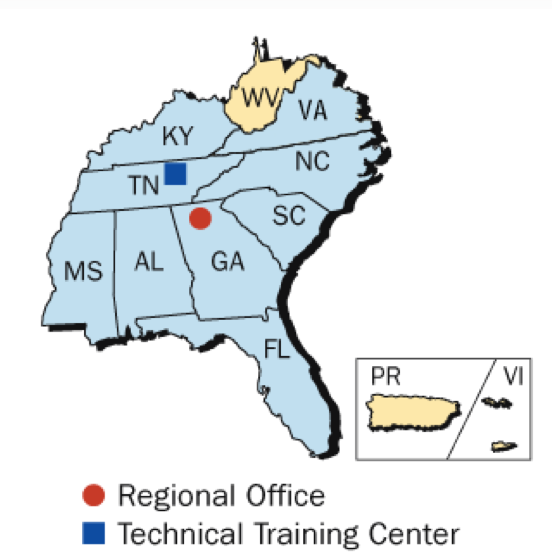
REGION 2
Brunswick 2 @ 0%
Crystal River 3 @0%
North Anna 2 @29%
Oconee 1 @95%
Saint Lucie 1 @ 6%
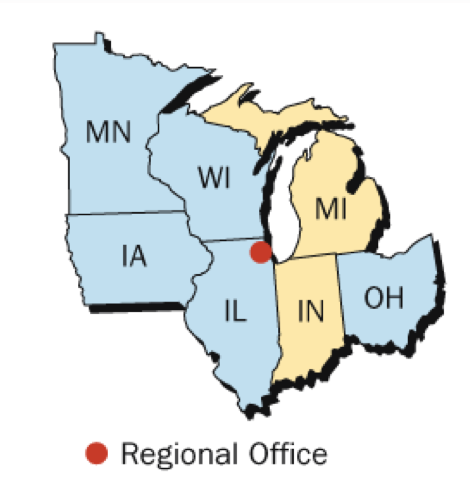
REGION 3
Clinton @97%
Davis-Besse @ 0%
Monticello @ 0%
Point Beach 1 @ 0%
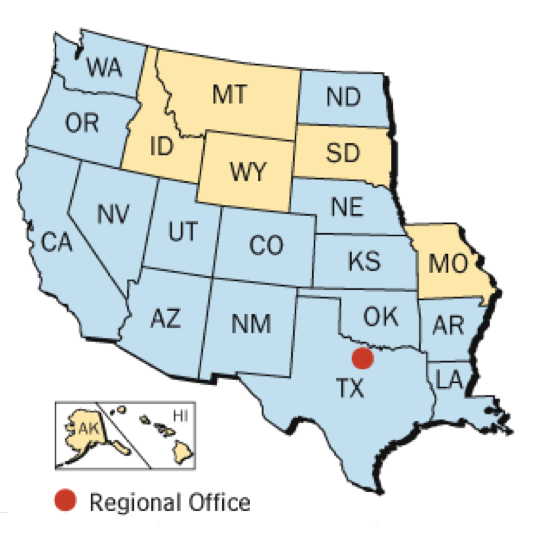
REGION 4
Arkansas Nuclear 1 @47%
Callaway @ 0%
Fort Calhoun @0%
Palo Verde 1 @ 0%
South Texas 2 @ 58%
So, 11 (about 10%) out of 104 reactors are operating at 0% today, not producing electricity. Did anyone notice any widespread power shortages? Somebody should make hay out of this figure... just saying. And, while we're on the subject of nuclear reactors here in the USA, we present, courtesy of the NRC, the locations of the projected new nuclear power reactors.
Since this map was updated as of 24 March 2011, this document may be of particular interest, as it has not been updated recently in light of the ongoing disaster/fiasco at Fukushima Daiichi. At the very least, we have some idea of their present mind-set and game plan.
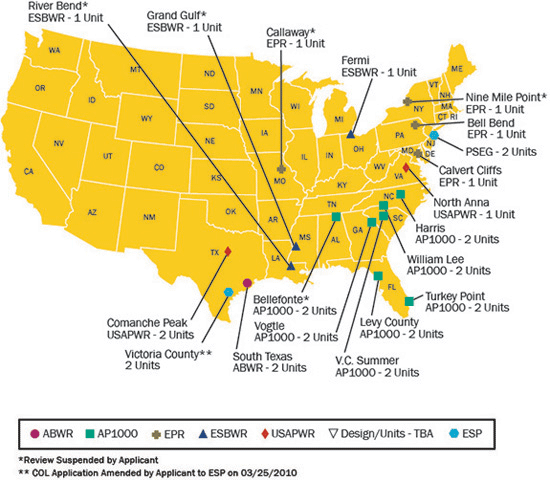
Location of Projected New Nuclear Power Reactors
Here we have another morsel of timely insight from our old friend, Harvey Wasserman.
[color=4E9258]Atomic energy, the so-called “Peaceful Atom”, has failed on all fronts.
[color=4CC552]Once sold as “too cheap to meter,” it’s now the world’s most expensive electric generator.
[color=54C571]Once embraced as a corporate bonanza, it cannot obtain private liability insurance.
[color=99C68E]Once hyped as the world’s energy savior, it cannot attract private investment.
[color=6AFB92]Once worshipped as a technology of genius, it cannot clean up its own radioactive messes.
[color=8AFB17]Once described as the “magic bullet” that could power the Earth, it’s now the lethal technology threatening to destroy it.
1 November 2011
Davis Besse nuclear reactor – more cracks found
FirstEnergy Finds More Cracks at Davis-Besse Nuclear Power Plant
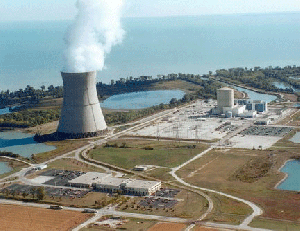
Location: Oak Harbor, OH (21 miles ESE of Toledo, OH) in Region III Operator: FirstEnergy Nuclear Operating Company Operating License: Issued - 04/22/1977 License Expires: 04/22/2017 Docket Number: 05000346
Reactor Type: Pressurized Water Reactor Electrical Output: 913 MWe Reactor Vendor/Type: Babcock & Wilcox Raised Loop Containment Type: Dry, Ambient Pressure
Some “hairline” crack. They are just lucky that the damn thing didn’t spring a leak.
It’s the minor details like this that seem to escape MSM.
Did FirstEnergy ever cough up the money to the NRC?
Wait a minute ... to the NRC?
Where does this money actually end up?
 Peace Love Light
Peace Love Light
tfw
[align=center][color=magenta]Liberty & Equality or Revolution[/align]

Greetings:
For consideration:
We were wondering what is going on in our backyards here in the U.S. - what with all the news about Fukushima flooding the airwaves - we might have missed some of these stories.
Perhaps you, dear reader, will have others to share.

U.S. Nuclear Reactors Operating at less than 100 % full power today,
24 November 2011.

REGION 1
Millstone 3 @ 25%
Pilgrim 1 @ 0%
Salem 1 @ 35%
Susquehanna 1 @ 99%
Three Mile Island 1 @ 0%

REGION 2
Brunswick 2 @ 0%
Crystal River 3 @0%
North Anna 2 @29%
Oconee 1 @95%
Saint Lucie 1 @ 6%

REGION 3
Clinton @97%
Davis-Besse @ 0%
Monticello @ 0%
Point Beach 1 @ 0%

REGION 4
Arkansas Nuclear 1 @47%
Callaway @ 0%
Fort Calhoun @0%
Palo Verde 1 @ 0%
South Texas 2 @ 58%
Notes:
• Reactor status data collected between 4 a.m. and 8 a.m. each day.
• All times are based on eastern time.
• Additional plant status information is made available on the web page after 28 days.
Page Last Reviewed/Updated Wednesday, November 23, 2011
Current Power Reactor Report
So, 11 (about 10%) out of 104 reactors are operating at 0% today, not producing electricity. Did anyone notice any widespread power shortages? Somebody should make hay out of this figure... just saying. And, while we're on the subject of nuclear reactors here in the USA, we present, courtesy of the NRC, the locations of the projected new nuclear power reactors.
Since this map was updated as of 24 March 2011, this document may be of particular interest, as it has not been updated recently in light of the ongoing disaster/fiasco at Fukushima Daiichi. At the very least, we have some idea of their present mind-set and game plan.

Location of Projected New Nuclear Power Reactors
Here we have another morsel of timely insight from our old friend, Harvey Wasserman.
[color=4E9258]Atomic energy, the so-called “Peaceful Atom”, has failed on all fronts.
[color=4CC552]Once sold as “too cheap to meter,” it’s now the world’s most expensive electric generator.
[color=54C571]Once embraced as a corporate bonanza, it cannot obtain private liability insurance.
[color=99C68E]Once hyped as the world’s energy savior, it cannot attract private investment.
[color=6AFB92]Once worshipped as a technology of genius, it cannot clean up its own radioactive messes.
[color=8AFB17]Once described as the “magic bullet” that could power the Earth, it’s now the lethal technology threatening to destroy it.
1 November 2011
Davis Besse nuclear reactor – more cracks found
FirstEnergy Finds More Cracks at Davis-Besse Nuclear Power Plant

Location: Oak Harbor, OH (21 miles ESE of Toledo, OH) in Region III Operator: FirstEnergy Nuclear Operating Company Operating License: Issued - 04/22/1977 License Expires: 04/22/2017 Docket Number: 05000346
Reactor Type: Pressurized Water Reactor Electrical Output: 913 MWe Reactor Vendor/Type: Babcock & Wilcox Raised Loop Containment Type: Dry, Ambient Pressure
FirstEnergy Corp. said an investigation of damage to the concrete outer shell of its Davis-Besse nuclear power plant unearthed additional hairline cracks.
FirstEnergy shut the plant to install a new reactor vessel head three years earlier than previously planned.
The U.S. Nuclear Regulatory Commission in 2005 imposed a $5.45 million fine, its largest ever, for FirstEnergy’s failure to discover corrosion had eaten a hole in a prior vessel head.
Contractors found the newest cracks on the shield building, a 30-inch-thick (76 centimeters) reinforced concrete structure that protects the reactor’s containment building from wind and tornadoes.
FirstEnergy previously discovered a hairline crack measuring about 30 feet (9 meters) on Oct. 10 after it cut a hole in the side of building to allow for installation of the new vessel head.
Some “hairline” crack. They are just lucky that the damn thing didn’t spring a leak.
It’s the minor details like this that seem to escape MSM.
Did FirstEnergy ever cough up the money to the NRC?
Wait a minute ... to the NRC?
Where does this money actually end up?

tfw
[align=center][color=magenta]Liberty & Equality or Revolution[/align]
edit on 2/2/2012 by thorfourwinds because: NRC deleted my file
edit on 2/2/2012 by thorfourwinds because: (no reason
given)

Greetings:
For consideration:
Cause of shutdown at North Anna nuclear plant sought – Post Earthquake Tour of Nuclear Power Station
Deleted: Major fault line found after wall collpased during construction of North Anna nuke plant
Earthquake caused crack in containment building for North Anna Nuclear Power Plant
Time.com: “Augmented Inspection Team” is only used when risk of reactor core damage rises by 100 – AIT sent to quake-hit North Anna nuke plant
Multiple Reports: Black smoke seen rising from North Anna nuclear plant after Virginia quake
“Scratch Plates” at North Anna Record Critical Earthquake Data – Despite North Anna Being Taken Off Grid Customers Face No Energy Shortages
North Anna Nuke Plant: Quake May Have Exceeded Nuclear Plant’s Safety Specs
JUST IN: Black smoke seen rising from North Anna nuclear plant after Virginia quake
Officials change story about why North Anna reactors went into automatic shut down after quake – “There were multiple trip signals coming in”

Peace Love Light
tfw
[align=center][color=magenta]Liberty & Equality or Revolution[/align]


Greetings:
More ammunition; somehow, they still just don't get it.
The Washington Post
Nuclear power plant remains offline after August earthquake
Ten weeks after a magnitude 5.8 earthquake knocked a central Virginia nuclear power station offline, the plant’s operator, Dominion Virginia Power, is still waiting for the go-ahead from the Nuclear Regulatory Commission to restart the North Anna power plant’s two reactors.
[color=FFF017]“We want to make absolutely certain that there is nothing we haven’t evaluated yet,” said Roger Hannah, an NRC spokesman.
At a public meeting in Mineral, Va., on Tuesday night, an NRC inspector said a decision to restart the reactors could come as early as next week.
“Reviews are in progress. However, the staff has not identified any significant safety concerns resulting” from the earthquake, said Meena Khanna, the NRC’s lead inspector at the facility.
Gerald McCoy, the NRC official overseeing the inspection team, said the NRC directed the company to perform inspections on an underground steam tunnel and on support struts holding up one of the nuclear reactor pressure vessels. [color=Chartreuse]The company had not adequately inspected those areas, McCoy said, but the NRC team found no significant problems.
On Oct. 21, Dominion told the NRC it thought both reactors were safe to restart. The company said it spent more than 100,000 man-hours on inspections, testing and minor repairs, at a total cost of $21 million.
Dominion fixed small cracks in office buildings and replaced part of an electrical transformer that leaked oil after the quake, said Dominion spokesman Richard Zuercher.
The company sent small robots into the pool that holds nuclear fuel in the Unit 2 reactor and found no damage to the containment structure or the nuclear fuel, Zuercher said. The company had opened the reactor to refuel it.
[color=Cyan]The NRC told the company it did not need to perform similar inspections inside the Unit 1 reactor, Zuercher said.
The most powerful quake to rattle Virginia in more than a century shook the power plant more than it was designed for in one horizontal direction for 1.5 seconds during the 25-second quake. But extra safety margins in the plant’s structure prevented more than minor damage, Zuercher said.
When operating, North Anna provides 17 percent of Virginia’s electricity.
Zuercher said the company had not decided whether to seek an increase in the rates customers pay to cover the costs of the outage.
North Anna is the first nuclear power plant to shut down after an earthquake in the 53-year history of commercial nuclear power in the United States.
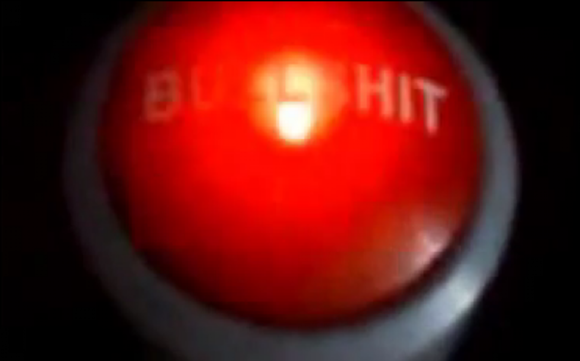

Peace Love Light
tfw
[align=center][color=magenta]Liberty & Equality or Revolution[/align]


Thought this might help from so long ago - last year...
RADIATION WATCH 2011
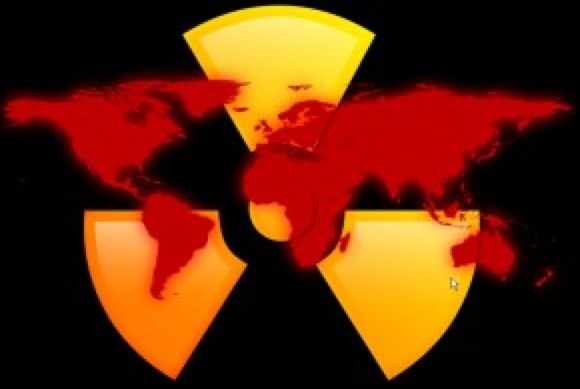
[color=Chartreuse]The total number of days between Friday, March 11, 2011 and Friday, December 16, 2011 is 280 days.
The radiation poisoning of we, the people, our children, pets, food, water and our land
has continued unabated - 24/7/365
[color=Cyan]
- for 9 months, 5 days ... which is:
• 24,192,000 seconds
• 403,200 minutes
• 6,720 hours
• 40 weeks
One again, are we any closer to a solution to the Fukushima multiple melt-throughs disaster/fiasco spewing life-altering clouds of radiation 24/7/365?
From the home front:
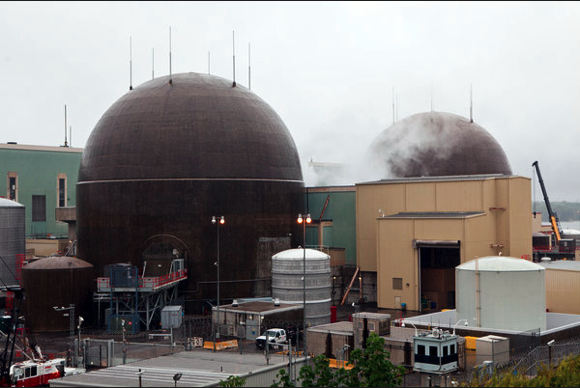
NRC rejects quick restart at North Anna nuclear plant
...Dominion officials said it now appears the reactors shut when the earthquake caused a problem inside the cores at both units rather than from the loss of outside power to the plant as initially reported.
‘[color=Chartreuse]It looks like the (fuel) rods were going into the core prior to the transformer opening,’ possibly from a relay problem, a Dominion executive said.
Despite Protests and Scandal Fission Resumes at North Anna Nuclear Power Plant
MINERAL — The North Anna nuclear plant is expected to begin producing electricity again today for the first time since a magnitude-5.8 earthquake shut down its two reactors almost three months ago.
North Anna is likely to begin generating electricity tomorrow for the first time since both reactors at the Louisa County power station were shut down by a magnitude 5.8 earthquake on Aug. 23...
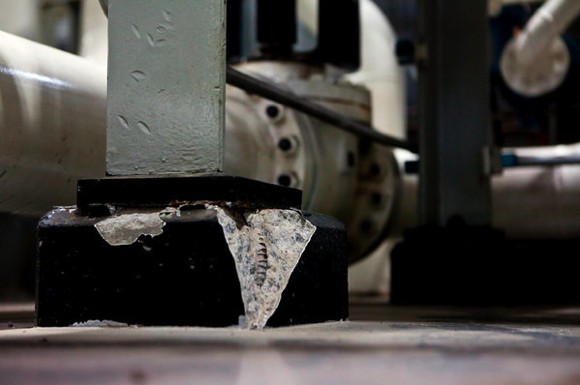
NRC set to validate Dominion’s use of ‘unaccepted’ EPRI report to allow North Anna restart
The review found cracks caused by the 5.8-magnitude quake, which was greater than what the reactors were built to withstand. But the NRC said that it found no functional damage that would prevent the plant from safely restarting.
Some residents disagreed with the findings and said they were “concerned the NRC and Dominion will put profits over safety.”
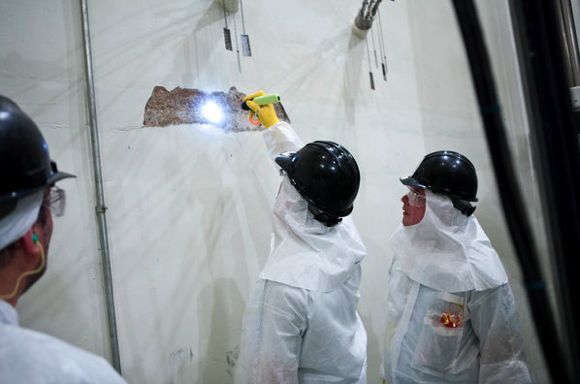
DOJ memo from 1977 indicates that Dominion Withheld North Anna Fault Information
The memo, from May 1977, was the conclusion of an investigation into whether criminal charges should be brought against VEPCO for concealing this info. It notes that the plant’s original owner, Virginia Electric Power Company, along with engineering contractors the company hired, tried to cover up the fact that a fault had been found under the site in 1970.
The company had already invested $730 million in the plant, and didn’t want the plant’s ability to get a license to operate compromised.
From the memo:
Abandonment of the site would have been intolerable from both a financial and public relations standpoint for all persons involved. In addition, the contemporaneous notes of the VEPCO team are replete with suggestions to “overwhelm the NRC with talent” and prepare “a convincing story.”
[color=Chartreuse]It is deeply disturbing to think that the people entrusted with design and construction of nuclear power plants for the purpose of producing energy for the public actually view the public as adversaries.
To be continued...

Peace Love Light
tfw
[align=center][color=magenta]Liberty & Equality or Revolution[/align]

(continued from last post)
[color=Chartreuse]It is deeply disturbing to think that the people entrusted with design and construction of nuclear power plants for the purpose of producing energy for the public actually view the public as adversaries.
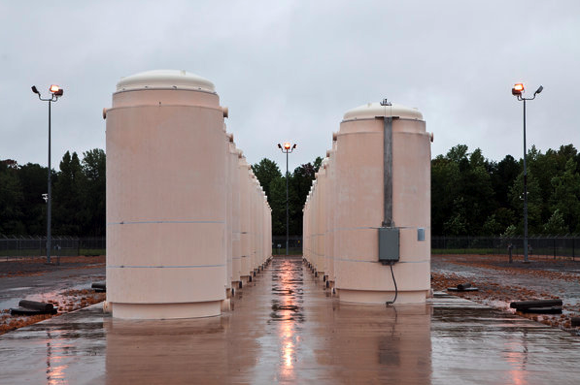
Earthquake caused crack in containment building for North Anna Nuclear Power Plant
Sept. 2 (Bloomberg) — Dominion Resources Inc. found a small crack on a wall with “no safety significance” in a room of a containment building at the North Anna nuclear plant after an Aug. 23 earthquake in Virginia, a company official said.
The fissure was a '[color=3BB9FF]superficial crack in a wall that serves no safety significance,' said Dominion spokesman Richard Zuercher.
The 5.8-magnitude earthquake may have caused ground motion that [color=Chartreuse]surpassed the power plant’s design, the U.S. Nuclear Regulatory Commission said Aug. 29.
Dry casks storing radioactive spent fuel also [color=FDD017]shifted from one to four-and-a-half inches in their storage area at the complex, the company said yesterday.
The [color=FFF017]casks may not be returned to their original positions, Daniel Stoddard, the Richmond-based company’s senior vice president for nuclear operations, told reporters today.
The company will complete a damage analysis next week, Stoddard said...
...The casks may not be returned to their original positions
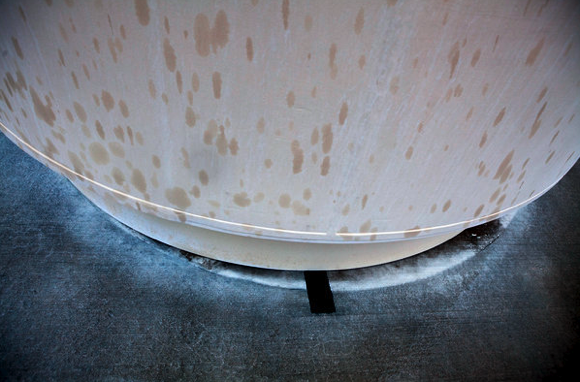
The quake was strong enough to make 17-ton canisters of spent fuel skitter a few inches on their storage pad.
Skitter?
Perhaps there is more to this statement that portends onerous implications.
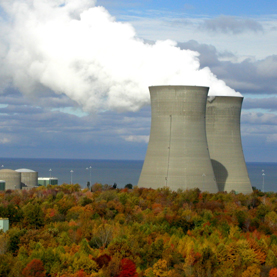
More NukeSpeak!
13 July 2011
U.S. Nuclear Plants Not Fully Equipped to Handle Extreme Events
Scientific American...'[color=3BB9FF]Continued operation and continued licensing activities do not pose an imminent risk to public health and safety,' the task force of NRC experts said.
'However, the Task Force also concludes that [color=Chartreuse]a more balanced application of the Commission's defense-in-depth philosophy using risk insights would provide an enhanced regulatory framework that is logical, systematic, coherent and better understood,' according to a summary released by the NRC last night.
The dozen recommendations include:
• Requiring that equipment and procedures are in place to keep reactor cores and spent fuel pools cool for [color=FDD017]at least 72 hours after an emergency, and that backup power is available to run cooling systems for at least eight hours if power from the outside grid or emergency generators is lost in a "station blackout" emergency. [color=3BB9FF]Some U.S. plants have a four-hour backup power capability.
The 72-hour requirement would be new.
• Requiring that emergency plans address accidents involving multiple reactors on the same site. [color=Chartreuse]Current regulations generally center on single-reactor emergencies.
• Adding seismically protected systems and instrumentation to assure continued cooling of spent fuel pools, [color=Salmon]including at least one source of electric power that can operate cooling pumps and instruments at all times.
• Requiring hardened vent designs for Mark I and Mark II reactors, the models at Japan's Fukushima Daiichi reactor complex where three units suffered explosions tentatively blamed on hydrogen that leaked from vent systems.
• Strengthening regulatory oversight of plant safety "by focusing more attention on defense-in-depth requirements."
When are we, the people, going to say, “Enough!” ???
To be continued...

Peace Love Light
tfw
[align=center][color=magenta]Liberty & Equality or Revolution[/align]
edit on 2/2/2012 by thorfourwinds because: color
What a bunch of crap!
We have been on hold for about an hour and got dumped!
ON EDIT: 2:48 P.M. EST
On the line with the NRC, got bumped up twice and then dumped when ATS mentioned and Tweet of meeting and subsequent rejection of public calls...dumped again.
wcb
Will update.

Peace Love Light
tfw
[align=center][color=magenta]Liberty & Equality or Revolution[/align]
We have been on hold for about an hour and got dumped!
ON EDIT: 2:48 P.M. EST
On the line with the NRC, got bumped up twice and then dumped when ATS mentioned and Tweet of meeting and subsequent rejection of public calls...dumped again.
wcb
Will update.

Peace Love Light
tfw
[align=center][color=magenta]Liberty & Equality or Revolution[/align]
edit on 2/2/2012 by thorfourwinds
because: (no reason given)

(continued from previous post)
When are we, the people, going to say, “Enough!” ???
North Anna Asks for Exemption from CoC For 12 Fuel Assemblies Loaded In Dry Fuel Storage Over Decay Heat Limits
The NRC staff is currently reviewing the exemption requests concerning NUHOMS HD-Dry Shielded Canisters being loaded to the incorrect heat load limits at the Surry and North Anna Power Station ISFSIs...
... At the time of loading, [color=Chartreuse]the decay heat limit was exceeded for twelve fuel assemblies.
The twelve fuel assemblies are distributed over the seven identified DSCs...
Geologic Faulting Under the North Anna Nuclear Power Plant: History of Dominion-Virginia Power’s Seismic Cover-up
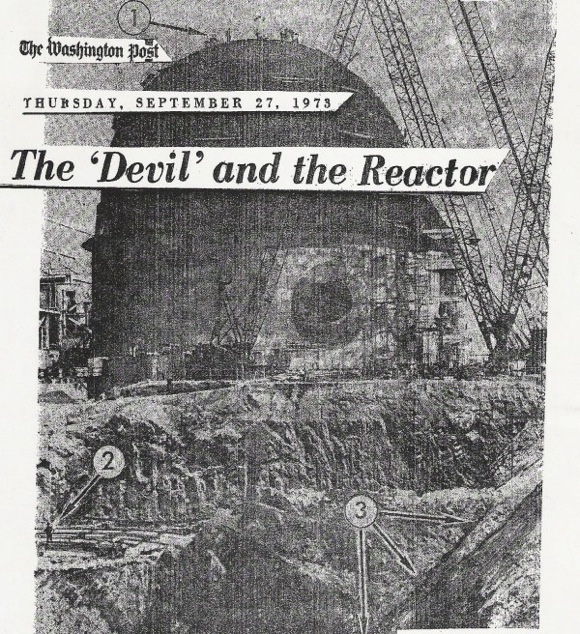
...In February 1970 the construction excavation wall for Reactor Unit 1 collapsed. A month later, three independent geologists visited the site, [color=3BB9FF]identified a major fault zone, took pictures and reported their finding to Vepco’s resident engineer.
Disregarding this evidence, Vepco representatives who testified before the Atomic Safety and Licensing Board later that year omitted any mention of these problems.
Vepco’s comprehensive Safety Analysis report for North Anna stated: [color=Chartreuse]'Faulting at the site is neither known nor suspected.'
Three years later, on May 17, 1973, the Atomic Energy Commission received notification from Vepco about faulting under North Anna. On that same day the Atomic Safety and Licensing Board closed the license hearing record on public comment.
On June 21, 1973 an [color=3BB9FF]Atomic Energy Commission memo confirmed faults beneath all four reactor sites. Inexplicably, in 1974 the Atomic Energy Commission deemed the site acceptable.
On April 1, 1978 the agency granted an operating license to Vepco for North Anna Units 1 and 2, [color=Chartreuse]the only nuclear plants in the nation located on top of a geologic fault...
"It's disappointing, but not unexpected," said Jerry Rosenthal, a Louisa County resident and longtime volunteer at the People's Alliance for Clean Energy, based in Charlottesville.
[color=FDD017]'The bottom line is it's money. They are putting profits in front of safety.'
And from the WTF Department:
8 September 2011
Report: Manure with 255 CPM bought in Southern California
Another recent report of radioactive manure in California:
UC Berkeley Food Chain Sampling – Dried manure sample, Collected at a farm in Sacramento, collection date 8/16:
Cs134 @ 5.18 Bq/kg (140.4 pCi/kg) Cs137 @ 7.93 Bq/kg (214.9 pCi/kg)
Gov’t officials investigating Fukushima question whether “nuclear” explosions destroyed reactors — Tepco “not in a position to comment”
... Many questions remain unanswered about the disaster nine months ago when an earthquake and tsunami knocked out cooling and power at the Fukushima Dai-Ichi nuclear station, former Prime Minister Yukio Hatoyama and Tomoyuki Taira, a Japanese parliamentarian, wrote in a commentary in the journal Nature today...
The legislators, both members of the ruling Democratic Party of Japan, said [color=3BB9FF]it’s particularly important to establish whether self-sustaining reactions are continuing in the damaged cores and [color=FDD017]whether explosions that rocked the station in the days after March 11 were nuclear [color=FDD017]in origin...
Former JNES inspector: Nuclear explosion at Fukushima No. 3 had “black smoke” and “mushroom cloud” — “Hydrogen explosion does not produce such a black smoke
To be continued ...

Peace Love Light
tfw
[align=center][color=magenta]Liberty & Equality or Revolution[/align]
edit on 2/2/2012 by thorfourwinds because: color
new topics
-
The trial on kids was stopped
Medical Issues & Conspiracies: 40 minutes ago -
Orbs Appear And Form Triangle On Live Cam.
Aliens and UFOs: 2 hours ago -
Biden Has New Bizarre Injuries to His Face
Politicians & People: 3 hours ago -
Something is not adding up in regards to the H-1B commotion
General Conspiracies: 4 hours ago -
Elon Musk Calls for Tommy Robinson to be Freed - and Takes a Dig at Starmer
Politicians & People: 4 hours ago -
Biden to award Presidential Citizens Medal to Liz Cheney and Bennie Thompson
US Political Madness: 5 hours ago -
Just learned a really helpful trick for internet searches
Computer Help: 10 hours ago
top topics
-
Biden Has New Bizarre Injuries to His Face
Politicians & People: 3 hours ago, 10 flags -
Biden to award Presidential Citizens Medal to Liz Cheney and Bennie Thompson
US Political Madness: 5 hours ago, 9 flags -
Just learned a really helpful trick for internet searches
Computer Help: 10 hours ago, 7 flags -
Not off to a good start
General Chit Chat: 12 hours ago, 6 flags -
Elon Musk Calls for Tommy Robinson to be Freed - and Takes a Dig at Starmer
Politicians & People: 4 hours ago, 5 flags -
Something is not adding up in regards to the H-1B commotion
General Conspiracies: 4 hours ago, 5 flags -
Orbs Appear And Form Triangle On Live Cam.
Aliens and UFOs: 2 hours ago, 3 flags -
The trial on kids was stopped
Medical Issues & Conspiracies: 40 minutes ago, 2 flags
active topics
-
Vehicle Strikes people in New Orleans
Mainstream News • 278 • : xuenchen -
How we've changed in 100 years
Ancient & Lost Civilizations • 34 • : Flyingclaydisk -
Orbs Appear And Form Triangle On Live Cam.
Aliens and UFOs • 3 • : BeyondKnowledge3 -
Tesla Cybertruck Explodes in Front of Trump Hotel in Las Vegas
Mainstream News • 111 • : Flyingclaydisk -
The trial on kids was stopped
Medical Issues & Conspiracies • 0 • : annonentity -
-@TH3WH17ERABB17- -Q- ---TIME TO SHOW THE WORLD--- -Part- --44--
Dissecting Disinformation • 3895 • : IndieA -
Strange fog all over the northern hemisphere
General Conspiracies • 43 • : annonentity -
The Acronym Game .. Pt.4
General Chit Chat • 1033 • : tinkerbell99 -
Ukraine halts transit of Russian gas to Europe after a prewar deal expired
Political Conspiracies • 111 • : Oldcarpy2 -
Post A Funny (T&C Friendly) Pic Part IV: The LOL awakens!
General Chit Chat • 7979 • : chiefsmom
5
